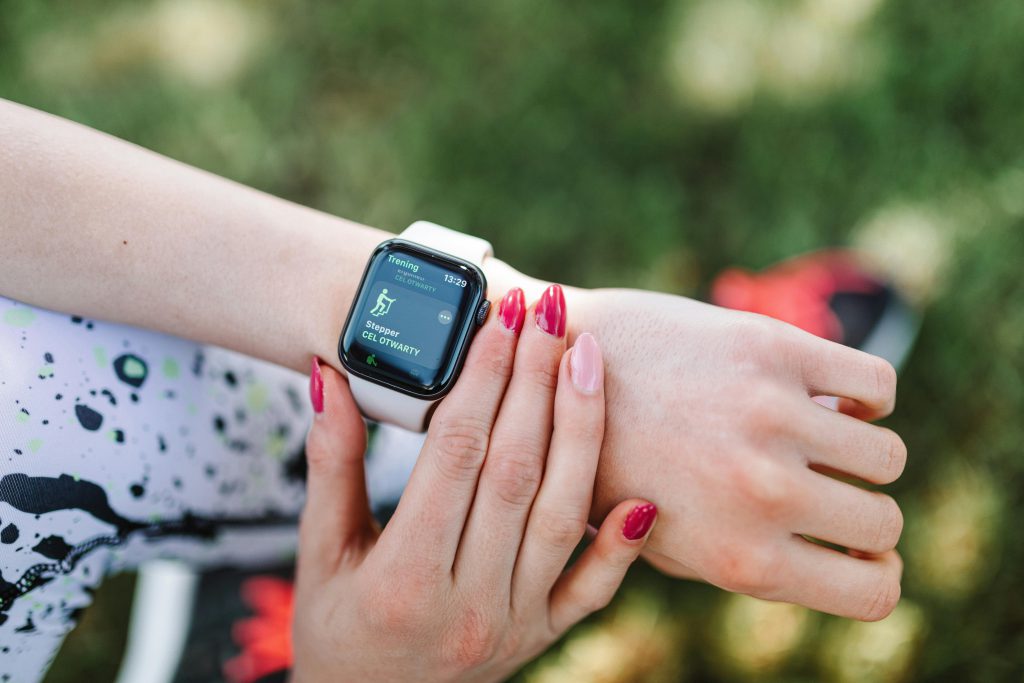Introduction 🩺
Wearable health devices, such as fitness trackers, smartwatches, and medical sensors, have become essential tools for monitoring and improving health. These devices collect real-time data on heart rate, sleep patterns, physical activity, and more, empowering users to take control of their well-being. But behind these advanced devices are electrical engineers who play a critical role in their design and functionality. From developing compact circuits to ensuring wireless communication, electrical engineers are the driving force behind the seamless integration of technology and healthcare.
Role of Electrical Engineers in Wearable Health Devices 🧠⚙️
Electrical engineers bring their expertise in electronics, signal processing, and wireless communication to create wearable devices that are efficient, reliable, and user-friendly. Their contributions span several key areas:
1. Sensor Development and Integration 🧩
At the core of any wearable health device are sensors that detect physiological signals such as heart rate, body temperature, blood oxygen levels, and muscle activity. Electrical engineers design and integrate these sensors to ensure accurate and real-time measurements. For example:
- Photoplethysmography (PPG) sensors use light to measure blood volume changes, enabling heart rate and oxygen saturation monitoring.
- Electrocardiogram (ECG) sensors detect electrical activity in the heart, providing insights into cardiac health.
- Accelerometers and gyroscopes track body movements, helping monitor physical activity and sleep patterns.
Engineers must ensure that these sensors are not only accurate but also compact, power-efficient, and comfortable for long-term wear.
2. Circuit Design and Miniaturization 🧠🔋
One of the biggest challenges in wearable health devices is designing compact electronic circuits that fit into small, lightweight devices. Electrical engineers use advanced techniques to miniaturize components while maintaining performance and reliability. Key considerations include:
- Low-power design to extend battery life, allowing users to wear devices for days or weeks without charging.
- Flexible and lightweight circuit boards that conform to the shape of the device, enhancing comfort.
- Thermal management to prevent devices from overheating during prolonged use.
By optimizing the layout and power consumption of electronic components, engineers ensure that wearable devices are both efficient and user-friendly.
3. Wireless Communication 📡
Seamless wireless communication is essential for wearable devices, allowing them to transmit health data to smartphones, tablets, and cloud platforms. Electrical engineers design and implement wireless technologies such as:
- Bluetooth Low Energy (BLE) for energy-efficient short-range communication.
- Wi-Fi for faster data transfer over longer distances.
- Near Field Communication (NFC) for quick and secure data exchange.
Engineers must ensure that wireless signals are stable, secure, and energy-efficient, enabling continuous data transmission without draining the device’s battery.
4. Data Processing and Signal Conditioning 📊
Wearable devices collect raw data from sensors, which must be processed to provide meaningful insights. Electrical engineers design signal conditioning circuits that filter out noise and interference, ensuring accurate measurements. They also develop microcontrollers and digital signal processors (DSPs) that analyze data in real time, enabling features such as:
- Detecting abnormal heart rhythms.
- Monitoring sleep stages.
- Tracking calorie expenditure and physical activity.
Efficient data processing ensures that wearable devices deliver accurate and actionable health information.
5. Battery Management and Power Efficiency 🔋
Power management is critical in wearable health devices, as users expect long battery life without frequent recharging. Electrical engineers design power-efficient circuits that minimize energy consumption while maintaining performance. Key techniques include:
- Energy harvesting from body heat or motion to extend battery life.
- Low-power microcontrollers that consume minimal energy during operation.
- Sleep modes that reduce power consumption when the device is inactive.
By optimizing power consumption, engineers enable wearable devices to deliver continuous health monitoring without compromising battery life.
Real-World Applications 🌍
The contributions of electrical engineers have led to the development of groundbreaking wearable health devices, including:
- Fitbit and Apple Watch ⌚ – Track heart rate, sleep, and physical activity, empowering users to improve their fitness and well-being.
- Continuous Glucose Monitors (CGMs) 💉 – Help diabetics monitor blood glucose levels in real time, improving disease management.
- Smart Patches and E-Textiles 👕 – Monitor vital signs and deliver medication through the skin, enabling non-invasive healthcare.
- Wearable ECG Monitors ❤️ – Detect abnormal heart rhythms, providing early warnings of potential heart problems.
These devices are transforming healthcare by providing real-time data that enables early diagnosis, personalized treatment, and preventive care.
Challenges and Future Trends 🚀
Challenges:
- Ensuring data accuracy and reliability in different environments.
- Extending battery life without compromising performance.
- Balancing miniaturization with durability and comfort.
- Protecting sensitive health data through secure communication protocols.
Future Trends:
- AI Integration: Machine learning algorithms will analyze wearable data to provide personalized health insights and predict health issues.
- Flexible and Stretchable Electronics: Advances in materials science will enable wearable devices that conform to the body, enhancing comfort and functionality.
- Non-Invasive Monitoring: New sensors will enable non-invasive monitoring of blood glucose, hydration levels, and other biomarkers.
- Continuous Health Monitoring: Future wearables will provide 24/7 health monitoring, enabling early detection and prevention of diseases.
Conclusion 🌱
Electrical engineers are at the heart of wearable health technology, transforming innovative ideas into practical devices that improve lives. Their expertise in sensor design, circuit miniaturization, wireless communication, and power management is essential for creating devices that are accurate, reliable, and comfortable. As wearable health devices continue to evolve, electrical engineers will play a key role in advancing healthcare, making it more accessible, personalized, and preventive. The future of health is wearable—and electrical engineers are making it possible. 💡⚡👩🔧👨🔧


